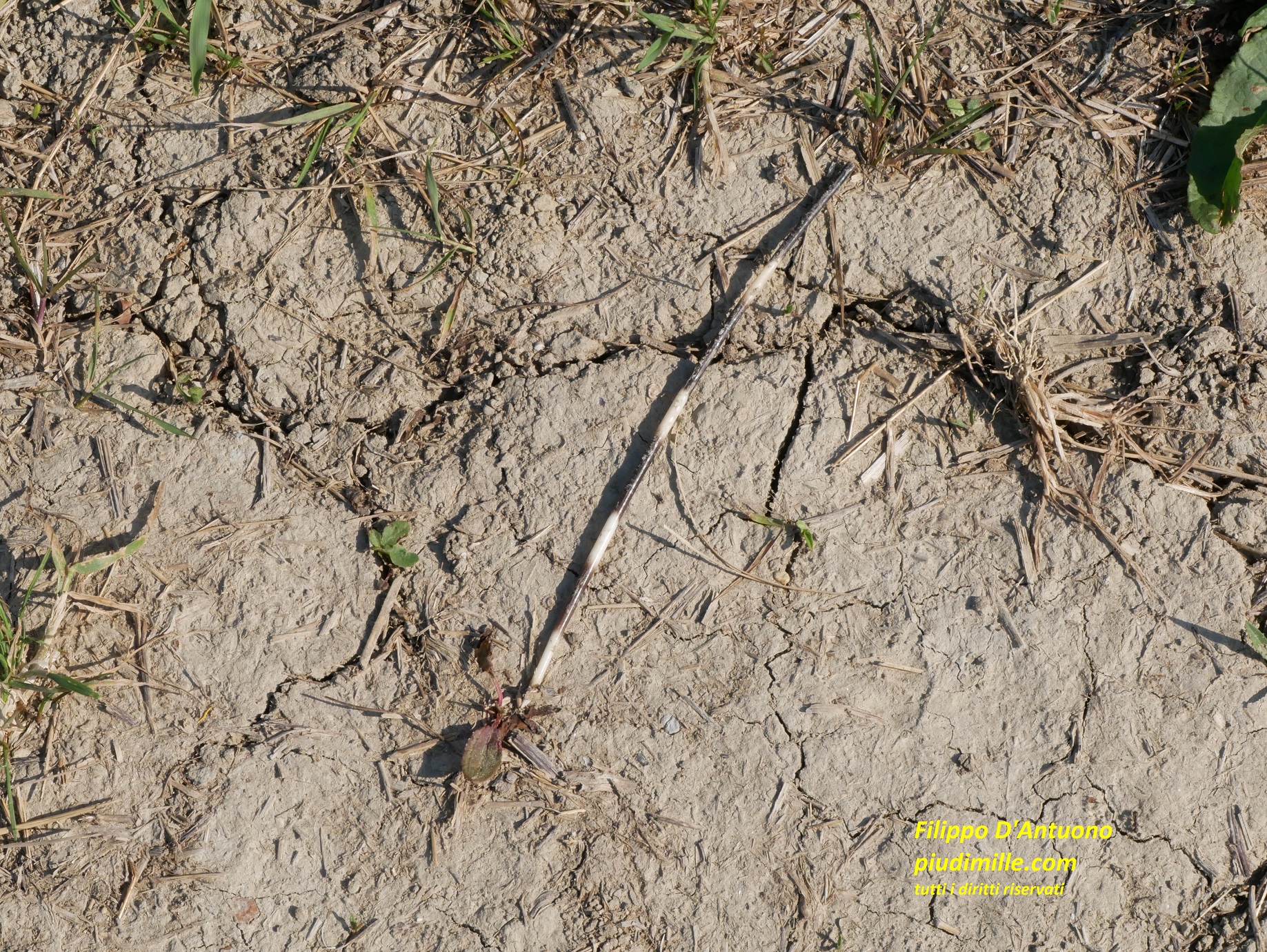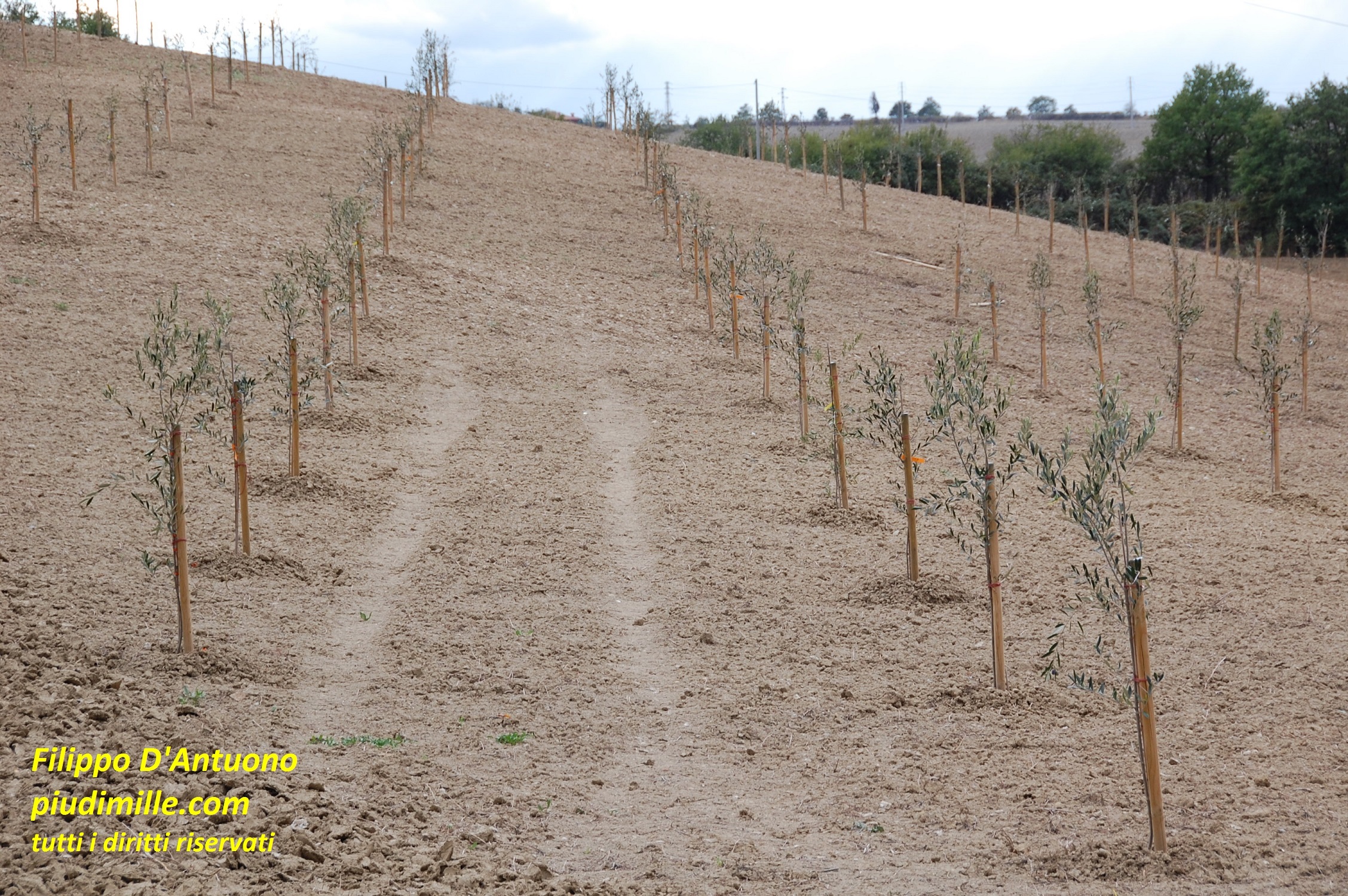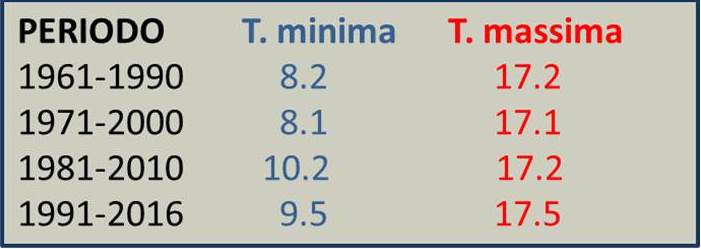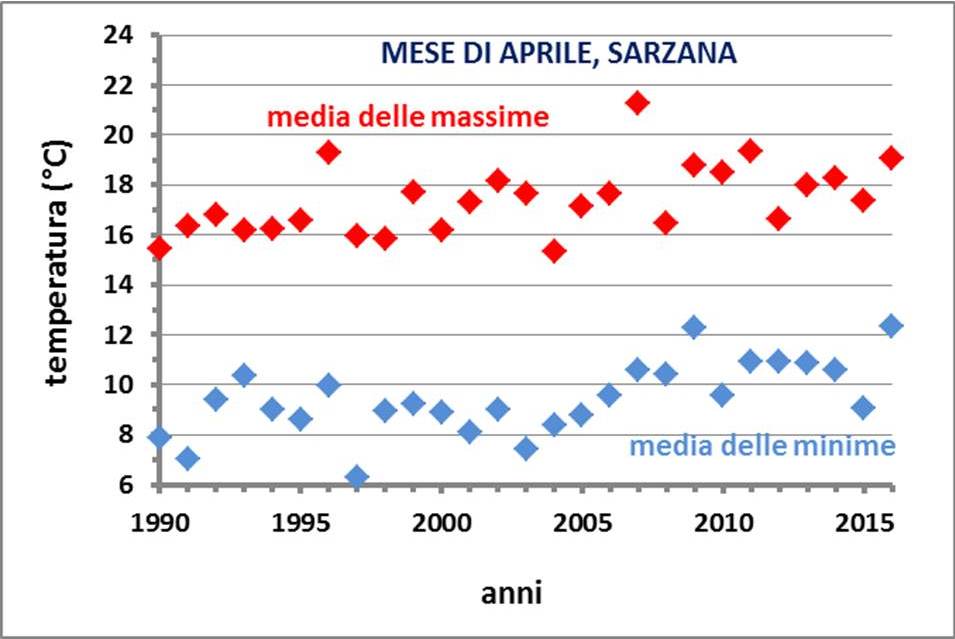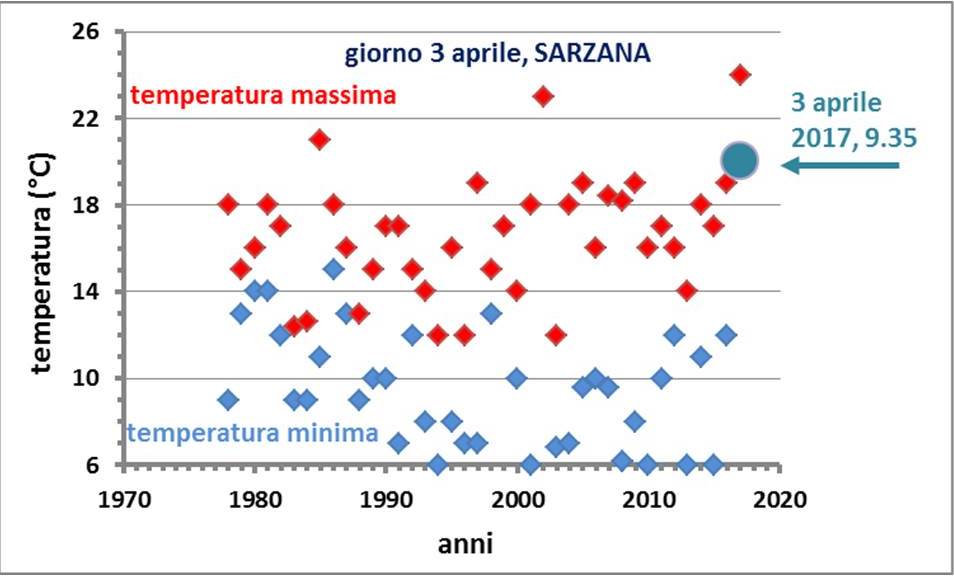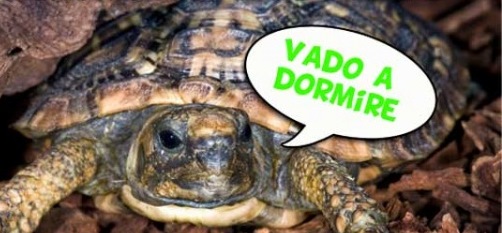Reflections on a warm spring day
On travel with thoughts of porcupines, olive trees, dinosaurs and climate change
Aprile 3, 2017
Indeed I was feeling it, it was going to be a warm spring day, so many thoughts started coming to my mind, since I just started a three hour trip to home.
This is the thermometer of my car, registering 20 °C in Sarzana, April 3, 2017, 9.35 pm (8.35 solar). It is a time of the day when temperature is generally only slightly higher than dawn temperature; dawn time was at 6.55.

The image is of a crested porcupine sting; as a matter of fact, these animals crossed the Apennine ridge, since some years. I have never seen their stings when I was a boy, and not even later. In 1985, winter was extremely cold but, since then, real winters have almost disappeared.
So, crested porcupines left: taken all their packs, from Tuscany, and other warmer site where they stayed, they crossed the ridge and realised that, after all, northern winters were not that bad as they used to tell, and so they settled; and I started finding their stings on the ground.
Then, always after 1985 (somewhat later, indeed, porcupine came first); I started seeing young olive plantations on the hills of Bologna, in the second image. Once local folks would have said: “Ve’ aiè on màt c’l’à piantè di oliv”. (from dialect “Look, there is a fool who planted olive trees”)
They say that it is necessary to examine the temperature over a 30 year period; these long term averages, overlapping for a period, called moving averages. Just to stay in Sarzana, see the ones of April.
Well something seems to move, but not that much
So, let’s have a look at the yearly April averages, from 1980. And here some upwards trend seems pretty clear.
You can also see these fluctuations; these are typical climatic features: a trend can also show a fluctuating pattern. And now I take the occasion to make a mix of what I had the luck to hear from somebody who had the memory, and what I could directly see. Extremely cold winters: 1900 (my grandfather told me), 1929 (reported by Pia, my nanny when I was a boy), 1956 (told by my mother, I was still on the way), 1985 (this one I remember well), then 2012( not extremely cold, but the one of the over 2 meters snow in my city, Cesena.
See the cycles: 29,27,29,27 years, just like a Swiss watch .
I beg your pardon for this digression. So, how was this April 3, 2017 ? See it in this last graph: I was not that wrong: it was pretty warm. During the last 35 years, only the temperature of this day raised over 20 °C only three times but, it was the daily maximum, not the early morning one. It seems that some warming does really exist.
It is not a new thing indeed. Did you ever find lizards, or snakes under some stones during winter ? They sleep, it is cold. If you really want to disturb them, take them in your hand, and they will remain almost indifferent. Imagine they were dinosaurs. Where could they hide ?
And indeed they did not hide, since they did not went in hybernation. It was warm year round, and dinosaur remains have been found also in places that are now pretty cold. Climate was far warmer than now, it rained a lot and plenty of trees to feed dinosaurs could grow. So, when there were dinosaurs, there was no winter.
So, what is the problem with this global warming, and who is guilty for it ?
The problem is that everything seems to happen very quickly, not leaving us time enough to adapt. From dinosaurs to present times, millions of years have elapsed, and also glacial eves (so very cold periods); but also these during some hundred thousand years.
A the guilt? Somebody say that nobody is guilty, everything is normal. Well we reason on the time span of our lives.
You can read in books that the energy balance of the earth tends to level to zero (no global energy gain or loss); and so, why should earth warm up ?
You also hear about the greenhouse effect, so the increasing concentration of gases preventing thermal radiation to exit to the open space, among which carbon dioxide, largely produced by burning fossil fuels. And indeed, since the time we started massively burning fossil fuels, its level increased from less than 250 to well over 400 ppm.
And the direct heath from fossil fuels burning does not matter? Indeed this also hardly exits from atmosphere, but it is comparatively low, with respect to global solar radiation. It is difficult to find data but, with a very rough calculation, considering the average pro-capita equivalent oil consumption, the number of people on Earth (over 7 billions), the average energy content of oil, and the Earth surface, it could make about 1/ 10000 of the energy received form sun.
Does not sound that much, yes? Or no ? In terms of additional energy to be returned to open space, is not that much. But also think, again some very approximate calculations. If all over Earth solar energy could be used by the most efficient plants, the yearly energy stored in biomass would be about 100 times the amount we burn. But consider that about 2/3 of Earth surface are covered by oceans, with lower productivity, than there are deserts, very cold areas, cities, the seasons, so that plants do not continuously grow, and only few of them grow at their maximum rate; finally, so see that, probably, we are burning yearly more energy than all the plants could fix.
But let’s turn back to warming. In synthesis, a very small part of solar energy is fixed by plant photosynthesis. The rest, to simplify, is dispersed in two ways: to evaporate water or melt ice, or to raise the temperature of the objects in the atmosphere, in absence of water or ice to melt. Think about summer on the beach: try to walk bare foot on dry sand, and you will burn your feet, on wet sand you will not: the incoming solar energy is the same, but wet sand disperses much of it by water evaporation, and sand temperature does not raise a lot.
Well, this is what happens if the available energy does not return to open space: to maintain the energy balance, the energy is partly dissipated by warming, partly by melting ice or evaporating water, that somewhere then will fall on earth again.
So, my car’s thermometer, measuring 20 °C at 9.35 a.m, April 3, 2017, crested porcupine stings, olive trees on the hills facing Bologna, dinosaurs that did not hybernate, melting ices, all tell us:
– that warming does exist, and proceeds quite quickly;
– the story of producing enough energy with biomasses sound somewhat like a tale;
– will be the warming beneficial or detrimental?
For sure, it will not bring back dinosaurs to life, for the time being. But early or later, it will sink substantial coastal areas, and will raise average rainfall; but where, nobody exactly nows.
So we can at least choose what to do or, maybe, what to think
Reflections about a warm spring, porcupines, olive trees, dinosaurs and climate change. Filippo D’Antuono. piudimille.com. All rights reserved.

